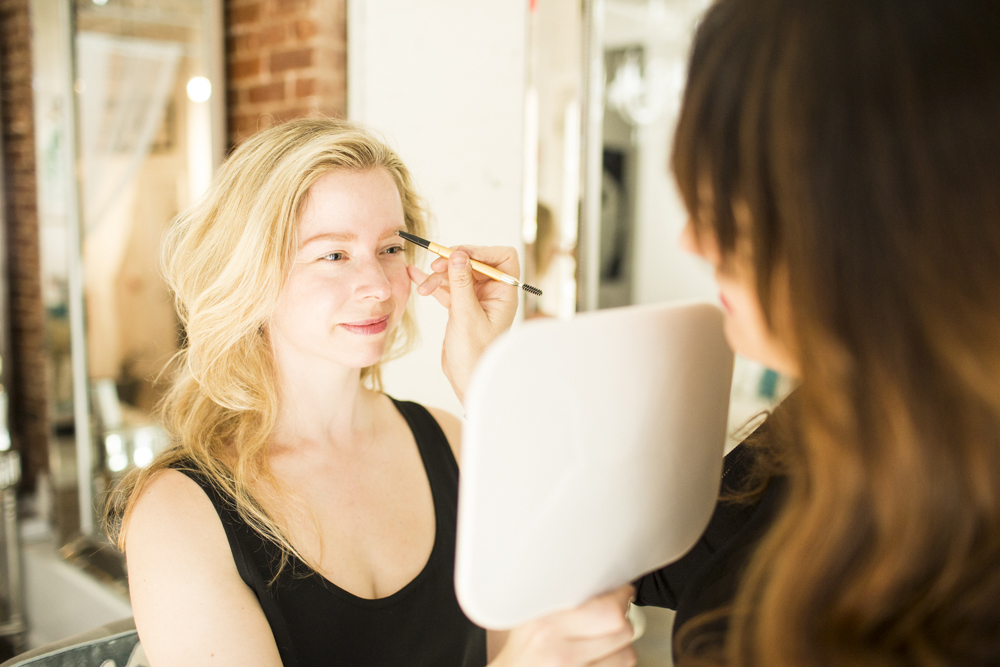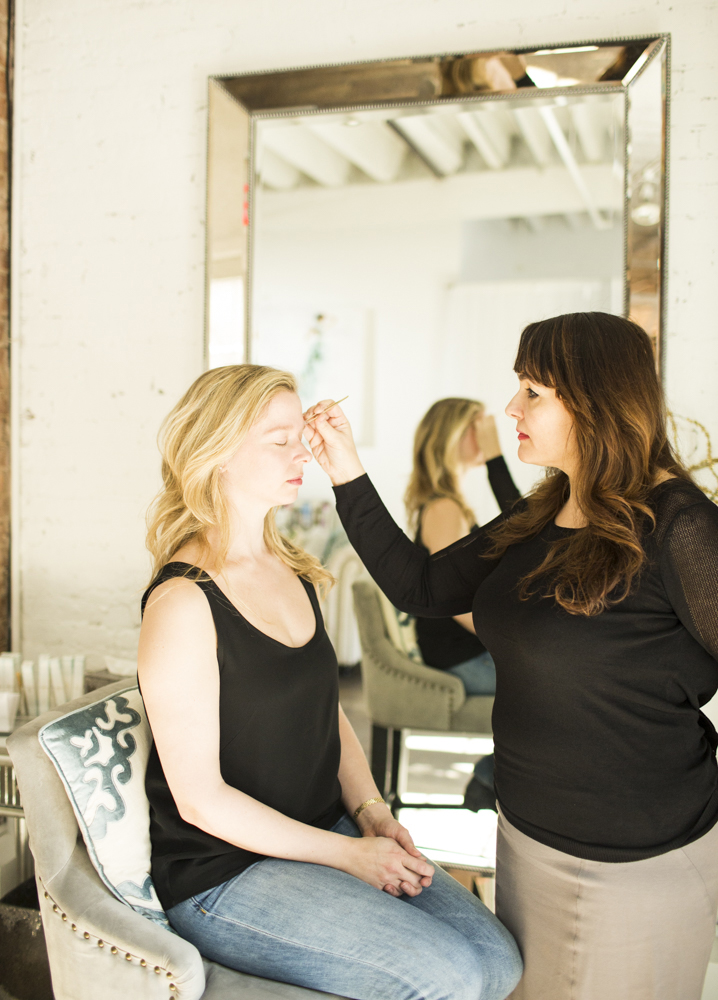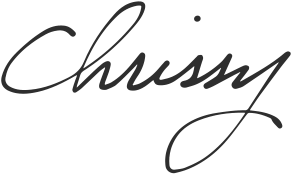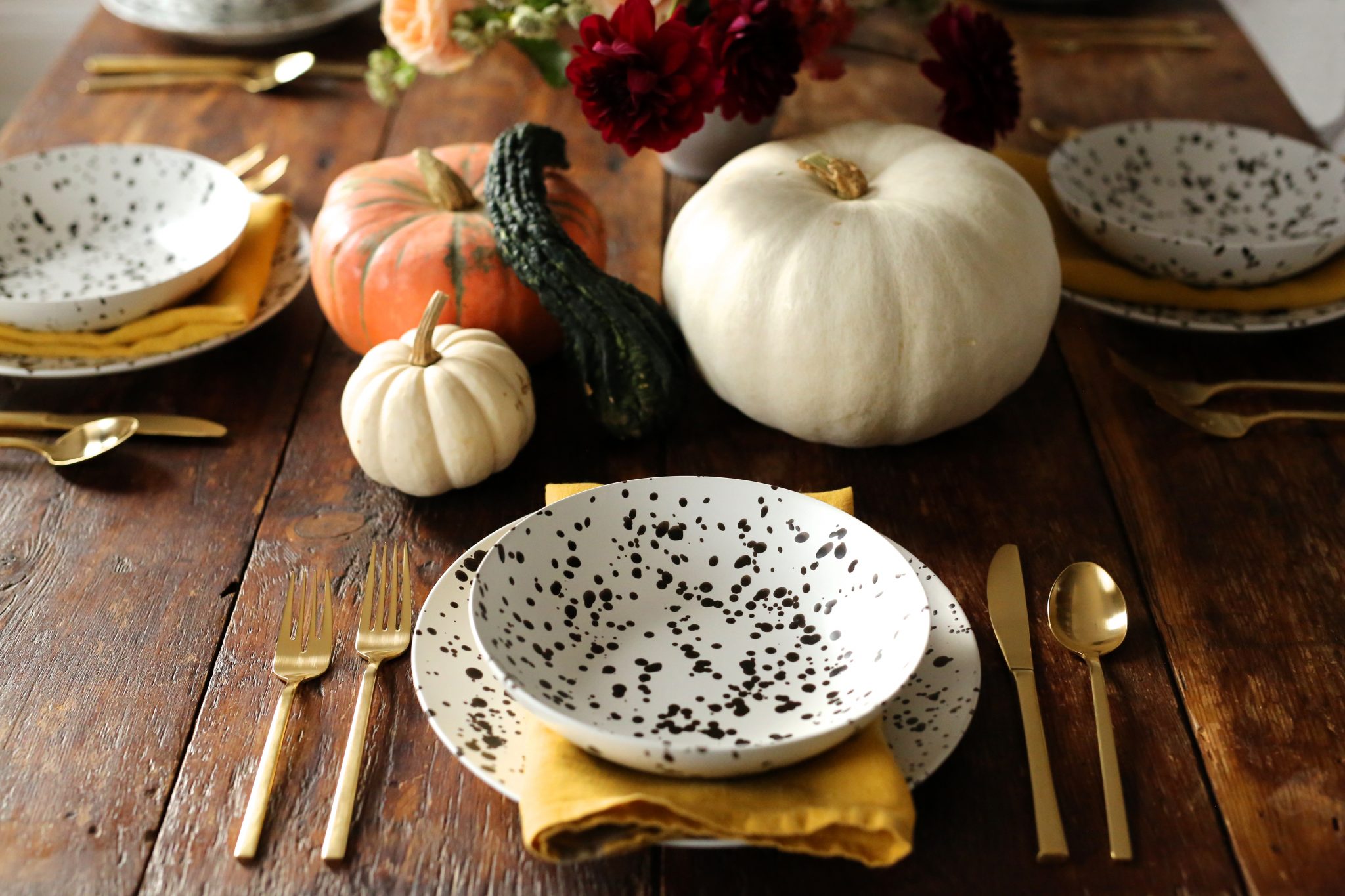I was eleven years old when I experienced my first beauty trauma. Much to my mother’s dismay, my grandmother had convinced me to cut bangs and perm my hair. At the time, it seemed like a fantastic idea, but the perm only solidified my awkward phase by becoming the tragic cherry on top of the braces, acne, and lime green school uniform in which I spent my tween years. It’s a look that still haunts me to this day.
My second beauty trauma happened a few years later when I over-plucked my eyebrows within a millimeter of existence. In theory, I was well trained; my mother taught me how to follow the lines from the edge of my nose to create a shape that best suited my face. In reality, I was left alone in the bathroom with a pair of tweezers and a magnifying mirror. We all know how that ends.
Traumatized, I haven’t held a tweezer anywhere near my brows since. When I graduated college, I reluctantly dragged myself to the neighborhood salon in order to deal with the overgrown mess I had become. As I felt the hot wax smear across my face, all I could see were the thin, jagged lines of my past. I was so scared to look at the finished product, but, much to my surprise, they turned out great! I become devoted to my eyebrow lady. As far as I was concerned, she was the best of the best. I wouldn’t let anyone else touch my brows. Believe it or not, I was 1000% convinced that any deviation from her skillful hands would lead me straight to disaster. I felt like I could finally relax knowing that I would never again have to repeat the browmeggedon of my youth.
Then one day she decided to up and quit her job. I panicked. This was the end! Convinced I was doomed to relive my childhood trauma all over again, I half-heartedly began the search for her replacement. It was obvious no one would ever be able to live up to my now very high standards, but I thought that maybe I’d be able to find someone who could to do the job without sending me into hiding.
After a lot of research, I found brow “expert” (I was skeptical to say the least), Sania Vucetaj. I sat down in her chair armed with a slew of do’s and don’ts. I gave her the whole rundown on how to shape my brows. I also talked a lot about my brow lady. She listened patiently and smiled, and then nearly bowled me over with her response: “Your brows are over-waxed and asymmetrical.”
What?!??!
She handed me a mirror and very kindly gave me a tour of my face. It felt like I was seeing myself clearly for the first time. Everything she pointed out was painfully obvious, and it was at that moment when reality set in: What I thought I knew was clearly not at all what I thought. This whole time I had been walking through life with asymmetrical, over-waxed brows thinking they looked great. That was my wake-up call.
The thing is, we only know what we know. This whole eyebrow meltdown breakthrough immediately reminded me of my experiences as both a student and a teacher in the classroom. New students often walk into my class with a certain level of resistance—to my teaching, to my sequence, to my suggestions, to the props, to me—and I totally get it. They feel attached to their way of practicing yoga. Perhaps they were given specific cues or ideas about what’s right or what’s wrong and have been holding on to these truths without questioning whether or not they’re still relevant. It makes sense—if it ain’t broke, don’t fix it. And listen, there are tons of legitimate reasons to stick with what we know, but sometimes blind attachment can hold us back. I’ve definitely walked into yoga classes feeling judgmental and close-minded. Anyone who shows up to their favorite class only to find out that there’s a substitute teacher knows exactly what I’m talking about! “Who are you and what have you done with my teacher?” Any teacher who has subbed a class knows what it feels like to be on the receiving end of the students’ disappointment!
Opening up can feel like a risk. There is a lot of safety in sticking to what we like, but the comfort of familiarity can veil important opportunities for growth and change. In the case of my eyebrows, the truth was literally written all over my face but I couldn’t see it. The only way to see clearly is to experience something from as many different angles and perspectives as possible.
It’s taken me two full years to grow out my once over-waxed, asymmetrical eyebrows. Not only has Sania reshaped my brows, she’s helped me rethink my way of doing anything. I’m more open to new things and I’ve gained a deeper appreciation—a genuine empathy—for the attachments I see playing out in my classroom. If you find a good thing, by all means stay true to what’s best for you, but know that sometimes the next best thing is waiting around the turn you’re too scared to make. We don’t know what we don’t know, so let’s get out there and find new ways of seeing what we thought we knew. I took a risk and I’ve learned that the right eyebrow can literally open up your eyes.
____________________________________________
Here are Sania’s top three tips for creating your best eyebrows!
1. Let them grow in to their full capacity. Avoid putting any product on your brows (no lotions, moisturizers , brow gels, etc.) because it slows hair growth and can cause the delicate eyebrow hair to fall out.
2. Outline with a pencil (I love Sania’s eyebrow pencil because it looks super natural but also creates a precise line) and tweeze around the lines to make sure you don’t remove too much.
3. Lastly, lift the hairs with the brush, and then trim slightly only the tips of the brow to get the feathery, natural look.
photos by Christopher Golden







Join the Discussion